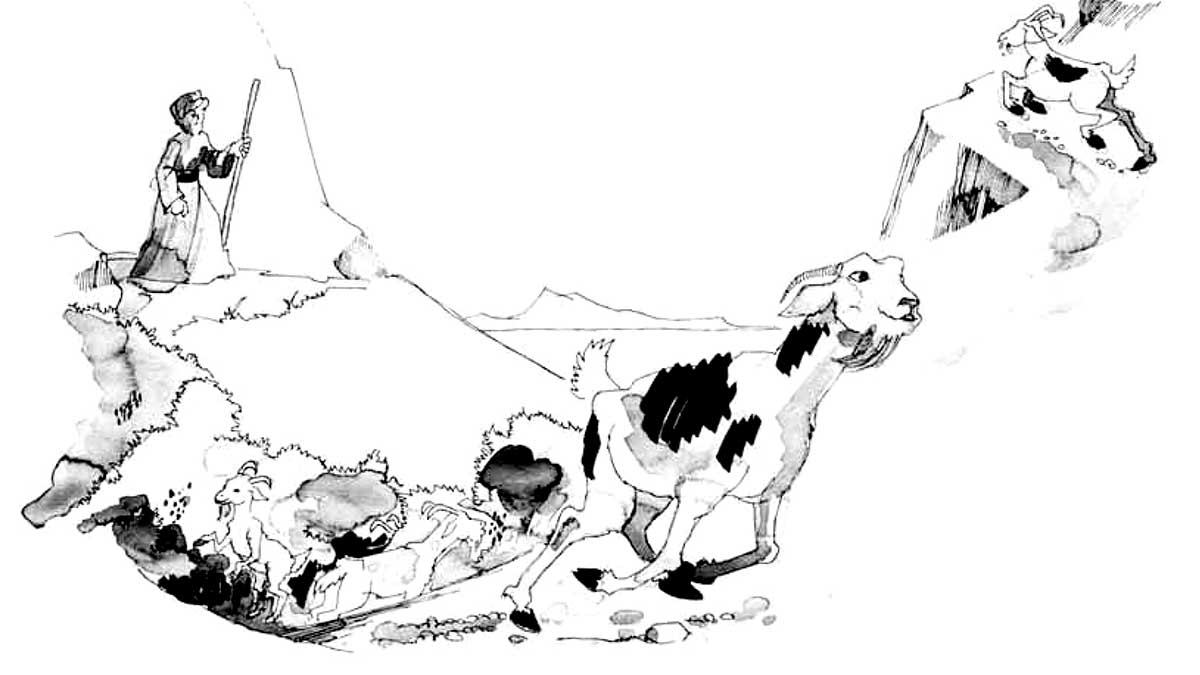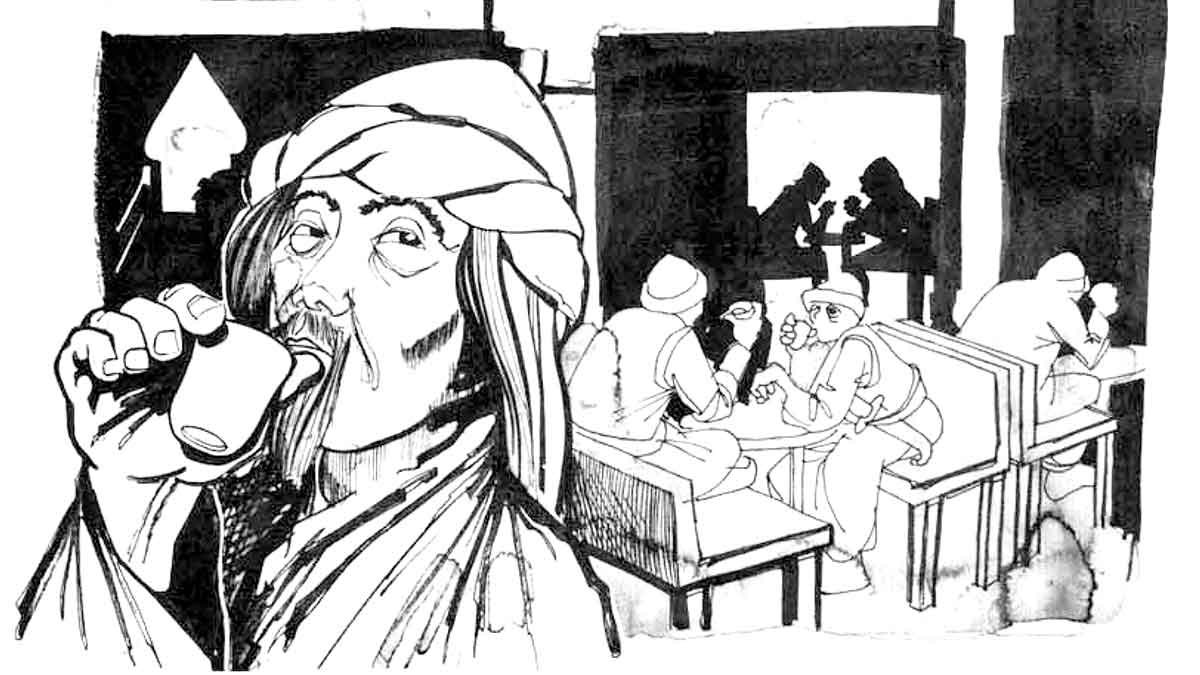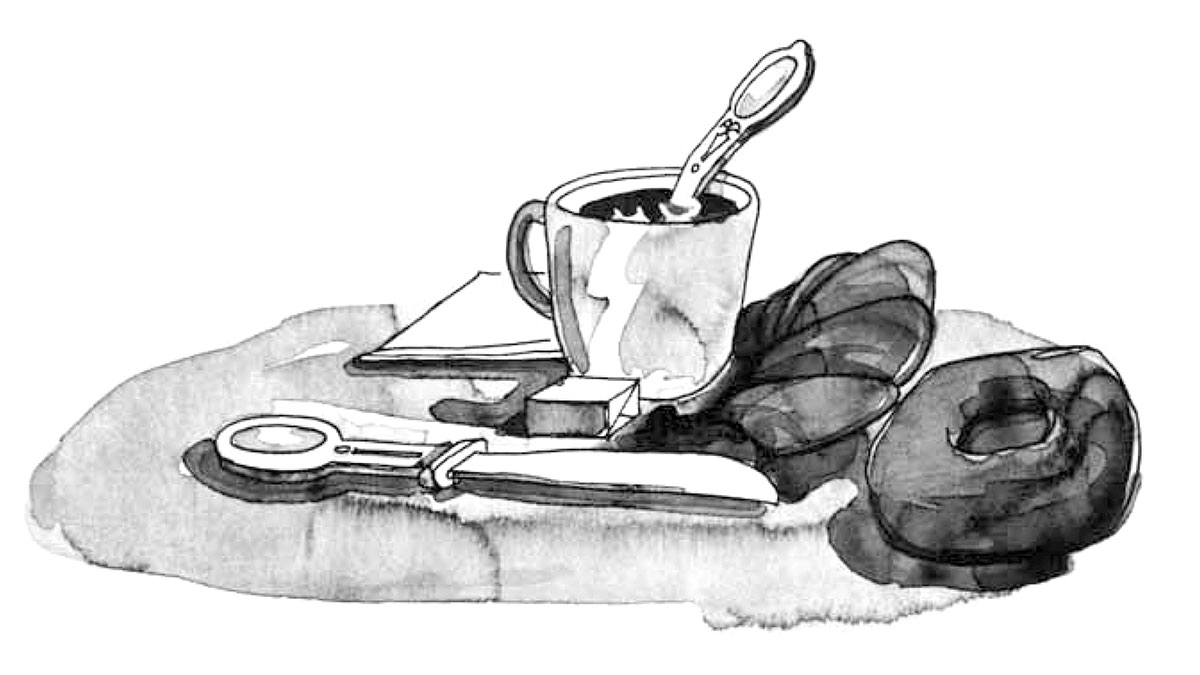Coffee in Arabia
A brief history of coffee in Arabia

Global January 19, 2022
Once deemed haram, the popular drink earned acceptance by all through the centuries since its humble beginnings.
The early history of coffee is obscure, the first mention of the drink dating from the beginning of the 16th century. Even the origin of the word itself is debated — in classical Arabic, qahwa originally referred to a kind of dark red wine. Our English word “coffee” ultimately derives from qahwa by way of the Turkish kahve.
But there is also the curious fact that the coffee plant is indigenous to only one part of the world — the highlands of Ethiopia, notably the area around the town of Kaffa. And the name of the town Kaffa sounds very much like “coffee.”

Introduction of coffee
Whatever the true etymology may be, there is little doubt that the coffee plant itself was introduced into Yemen from Ethiopia. In the first book written in the West about the origin of coffee, there is the delightful legend of a mystic named Shaikh ash-Shadhili, originally from Yemen, who was traveling in Ethiopia. High on the slopes of a mountain, he noticed that the goats were dancing about and displaying an altogether unaccustomed vitality.
Growing curious, he noticed that they were eating a nondescript berry with which he was unfamiliar. He found the berries very bitter to the taste, so he boiled them and consumed the liquid. The first cup of coffee was born, and it must have tasted pretty awful. But it certainly made our Shaikh feel better.
He took seedlings back to Yemen, where he introduced his new drink to his disciples. It was a great success, especially after some unknown genius experimented with the beans and found that if they were roasted, the ensuing beverage was much more palatable. Coffee quickly caught on.

The first coffee house
The use of coffee spread from Mecca to Cairo, where it was pronounced haram (prohibited) in 1532. But as it became more and more popular, the theologians of al-Azhar pronounced a series of fatwas or decrees permitting its use. In 1554, during the reign of the great Ottoman sultan, Suleiman the Magnificent, a man from Aleppo opened the first coffee house in Istanbul. They attracted the intellectuals: poets, writers, professors, scholars, and civil servants.
Although the existence of coffee was known in the West, at least to the learned, as early as 1582, it was 100 years before coffee was introduced there. We owe the pleasant vice to one man: Franz Georg Kolshitzky.

The Turkish influence
In 1683, the Ottoman army was camped outside the walls of Vienna. The city had been under siege for some time, and the vast Turkish army had effectively cut the Viennese off from food supplies and reinforcements. Kolshitzky, a Pole who had lived for many years among the Turks, where he had served as an interpreter, volunteered to try to get a message through Turkish lines to the Duke of Lorraine, the head of the allied army.
On Aug. 13, Kolshitzky and a servant disguised themselves as Turks and walked through the Turkish camp. After an adventurous journey through the Austrian countryside, they reached the Duke of Lorraine two days later. Kolshitzky told the Duke of the plight of the Viennese and the Duke promised to come to their aid.
Kolshitzky, passing once more through the Turkish lines, brought the Duke’s assurances to the beleaguered citizens of Vienna. In gratitude, the Viennese awarded him 2,000 florins, Viennese citizenship, and a letter of franchise allowing him to enter into business in the city.
On Sep. 12, the allied army came, routed the Turks, lifted the siege and began to plunder the Turkish camps. Included in the booty were 500 huge sacks filled with a strange and aromatic bean that nobody had ever seen before. An argument broke out among the looters over what it was and everybody decided that the best thing to do was to throw it into the Danube. Kolshitzky, horrified at what his new fellow citizens were contemplating, cried, “If you don’t know what to do with it, give it to me!”
They did, and soon afterward he opened the first coffee house in Europe.
Nobody really liked the thick bitter coffee prepared in the Turkish manner, so Kolshitzky began to experiment. He filtered the grounds that are ordinarily found on the bottom of the cup and added a dollop of milk to the clarified liquid. He even arranged with a baker to have rolls made in the shape of a crescent to commemorate the defeat of the Turks and voilà! The croissant — and the continental breakfast — was born.
Written by Paul Lunde | Illustrated by Ed Davis
From the September/October 1973 edition of AramcoWorld
To read more AramcoWorld stories, download the newest version of the AramcoWorld App at the Apple App Store and Google Play.



